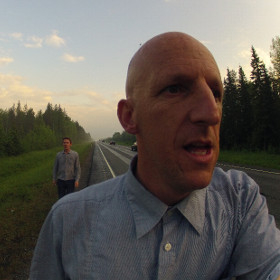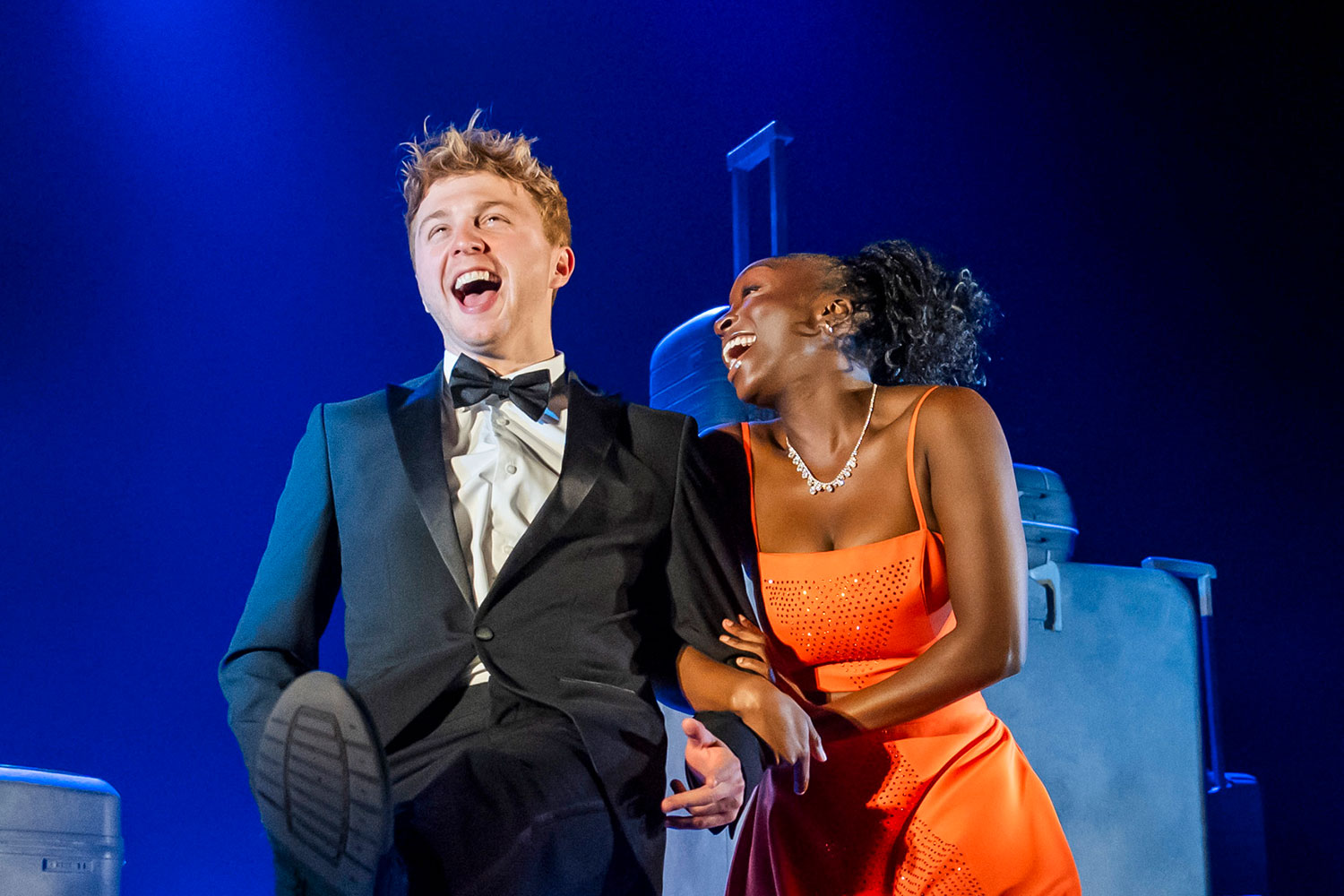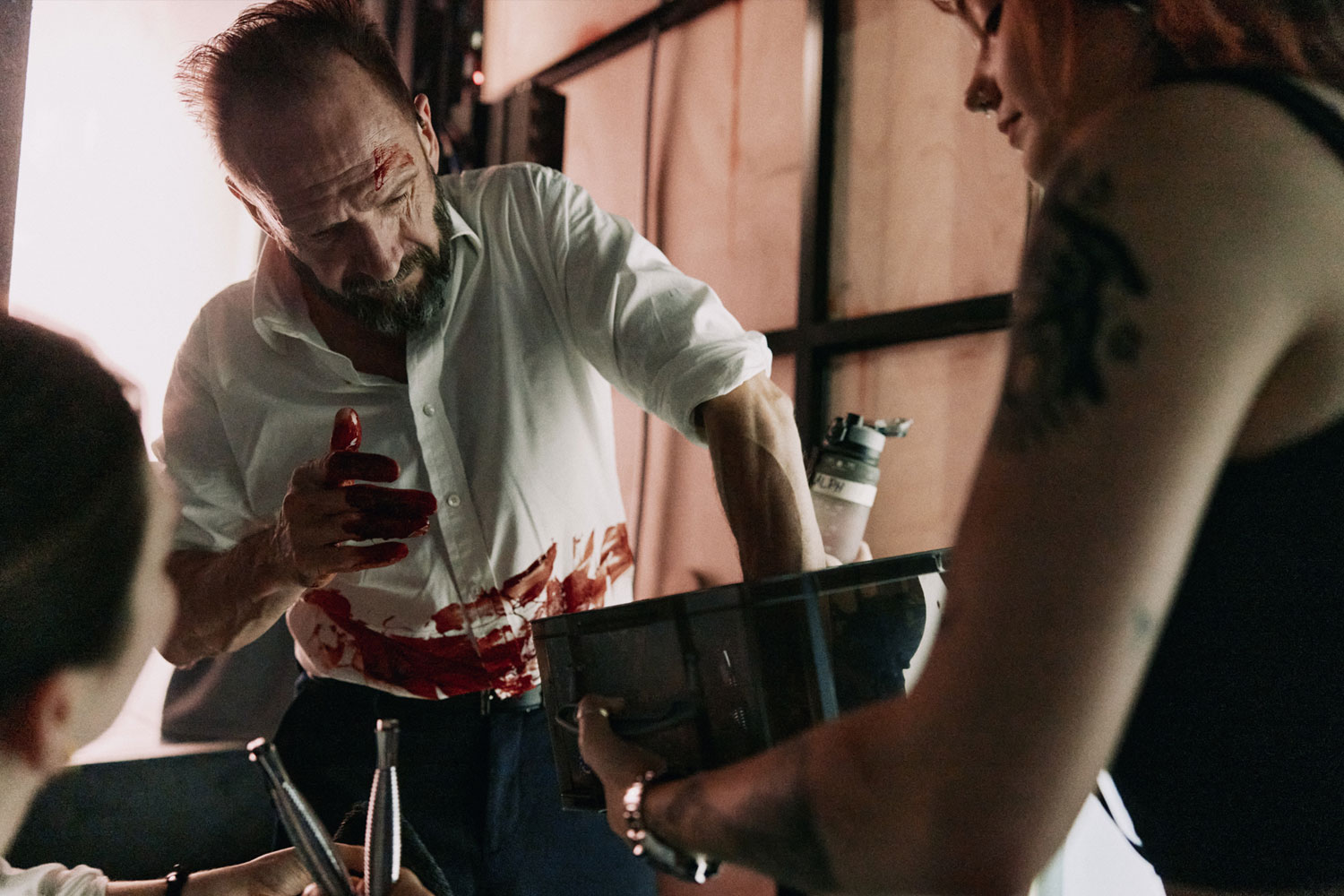The Eradication of Schizophrenia in Western Lapland (Shoreditch Town Hall)

The Eradication of Schizophrenia in Western Lapland is a play conceived by award-winning company Ridiculusmus and is an effort to destigmatise schizophrenia and highlight the potential of dialogue in treatment. With a name like that, it is a hard play to ignore and it comes with a very serious and laudable goal of overhauling perceptions of psychosis and mental health.
Two plays occur at once with the audience on either side of a partition which doubles as a psychiatric ward and family home. The first act centres, depending on the side you are assigned, on a schizophrenic patient talking to their doctor and a schizophrenic mother struggling to maintain a family home. Following this the second act presents the same divisions which gradually merge together to reveal the traumatic experience at the core of the character’s lives.
It’s aurally remarkable, as the plays alternate between interrupting, obstructing and echoing each other. Characters move between the plays as a story of family strife and schizophrenia is given both narrative and affective space. The cast (Jon Haynes, Patrizia Paolini, Richard Talbot and David Woods) are unassuming and not at all intent on stealing the limelight and this shows their clear devotion to the aims of the project. They work in tandem to create "auditory hallucinations" and it is certainly a jarring and intriguing approach to theatre. Ridiculusmus find a way to articulate the contrary and simultaneous voices which emerge from schizophrenic incidents and this is an impressive achievement.
Despite the splintered content of the play it is a coherent whole, creating an uneasy tension in the first half which is exorcised in the second. Although not quite managing to "normalize psychosis" as Ridiculusmus hopes, this staging forces the audience to leave simple labels behind and take the characters within their own contexts. A trauma is played out amongst the characters and this enacting challenges the outdated notion that victims of traumatic psychosis are just "crazy" or "deranged".
These heavy themes are balanced nicely with moments of comedy: frog impersonations, clever lampooning of the literary world and pleasing puns. There are plenty of opportunities for tension-relieving laughter although it is hard to say if the audience enjoys such a difficult experience. It is more thought-provoking than sensational and that seems entirely appropriate for a play which opens a dialogue on art and speech as therapy.










